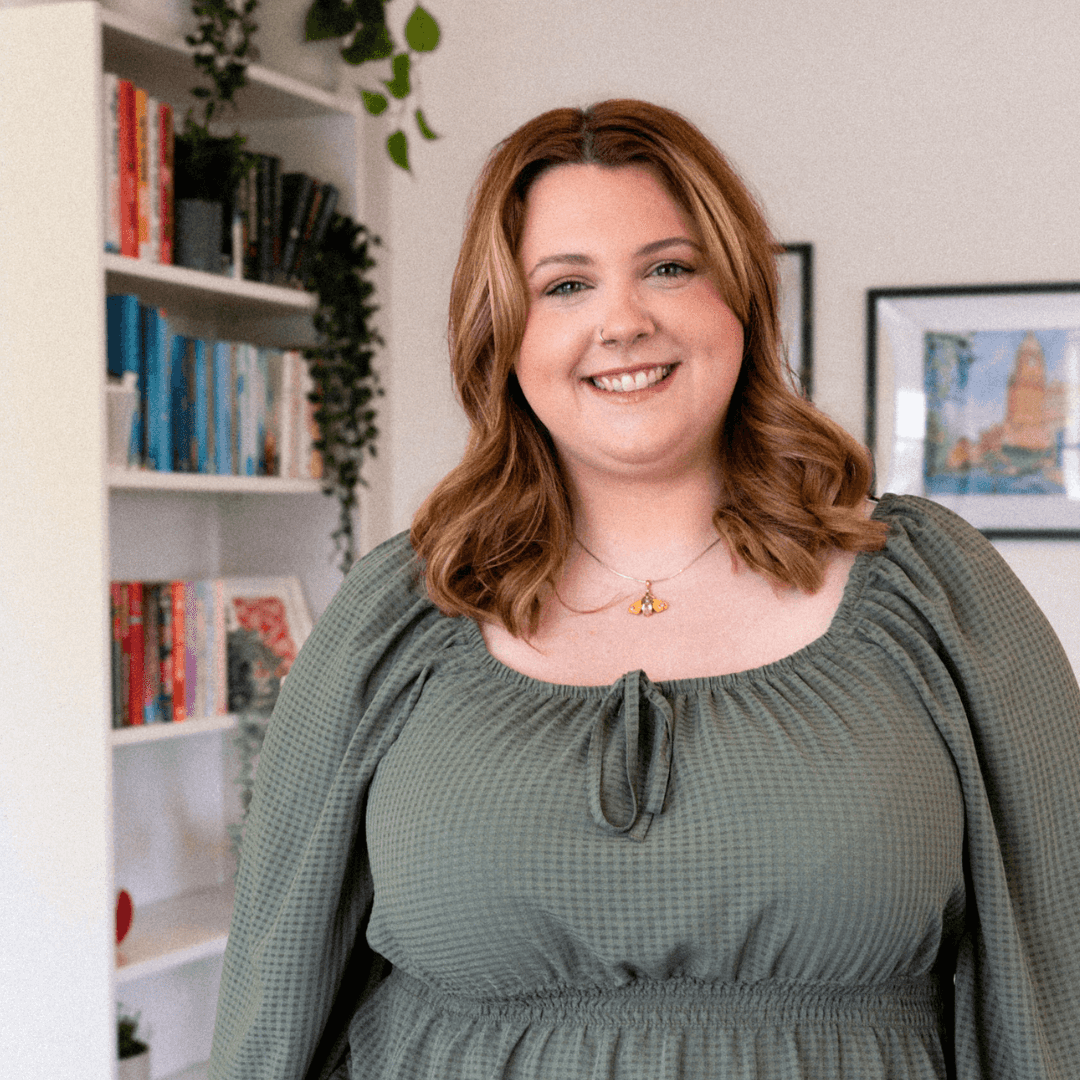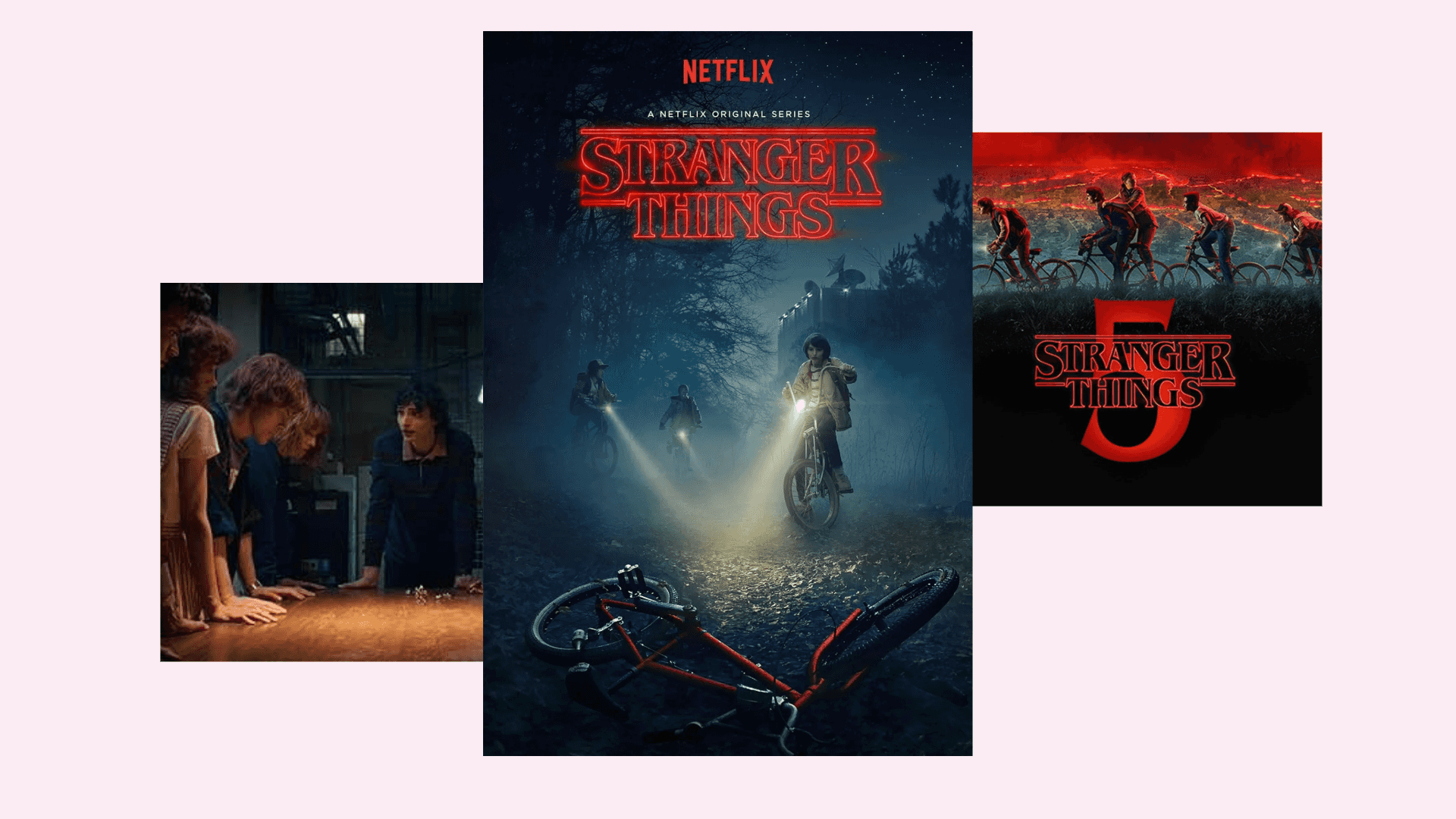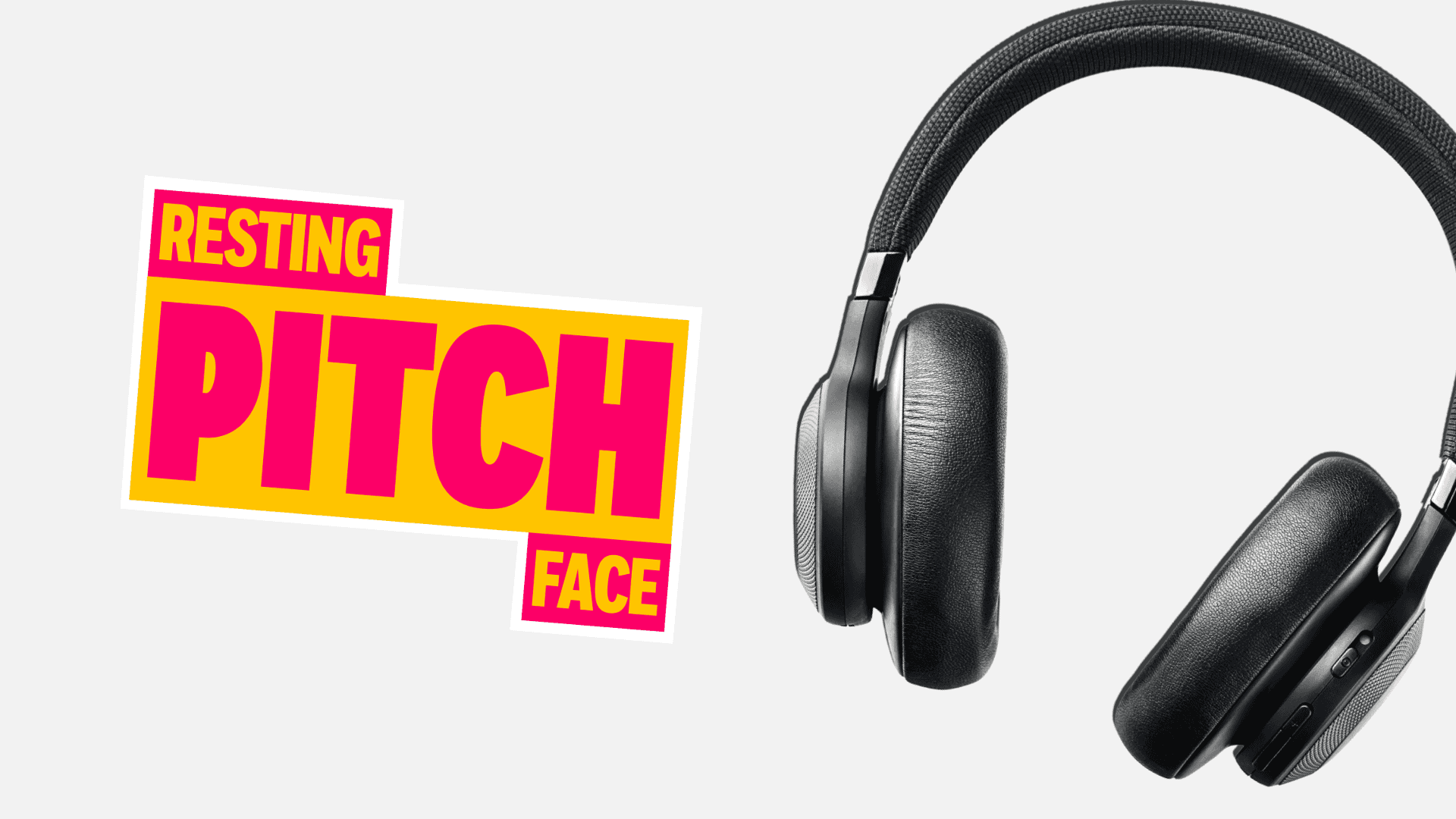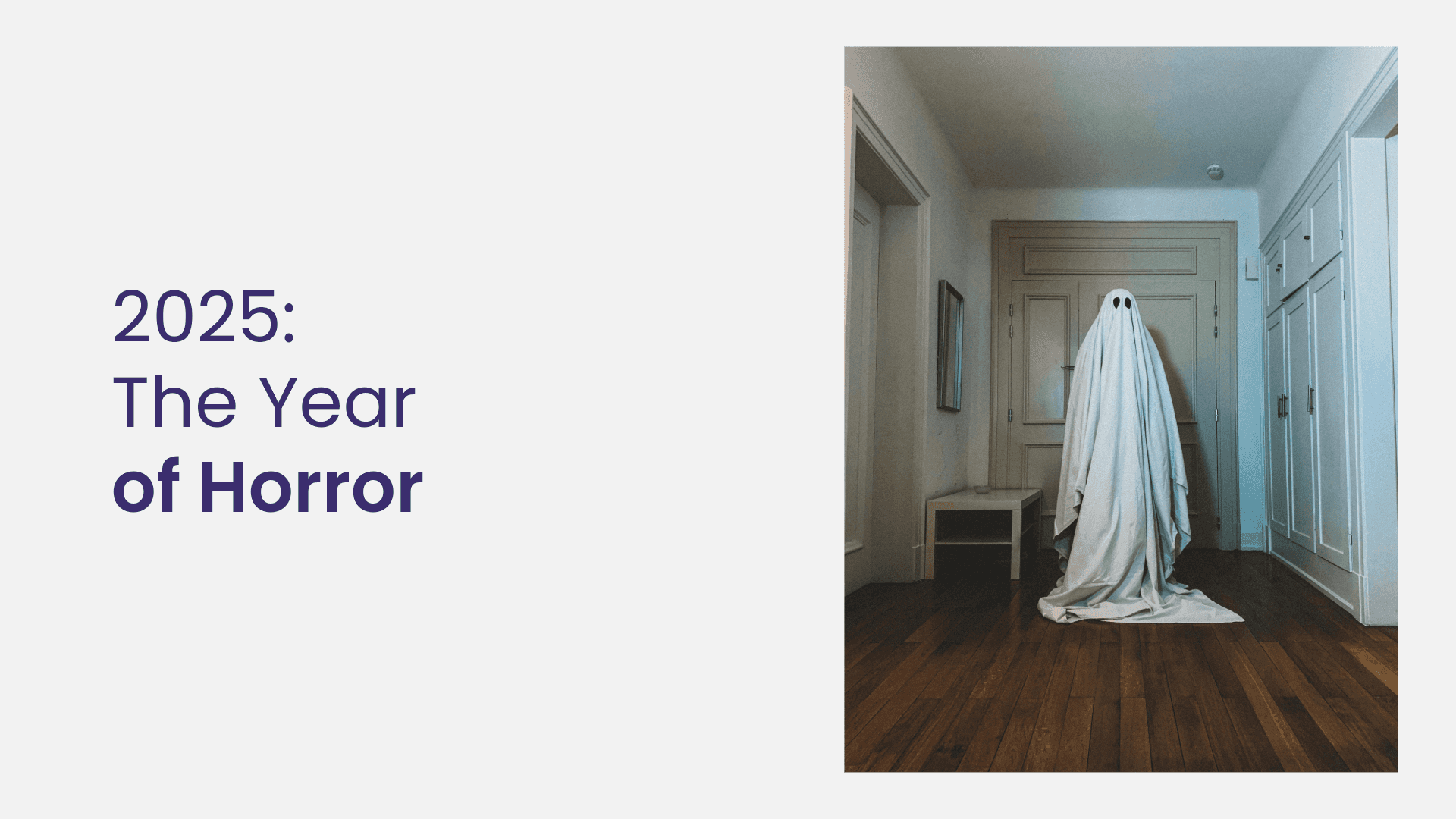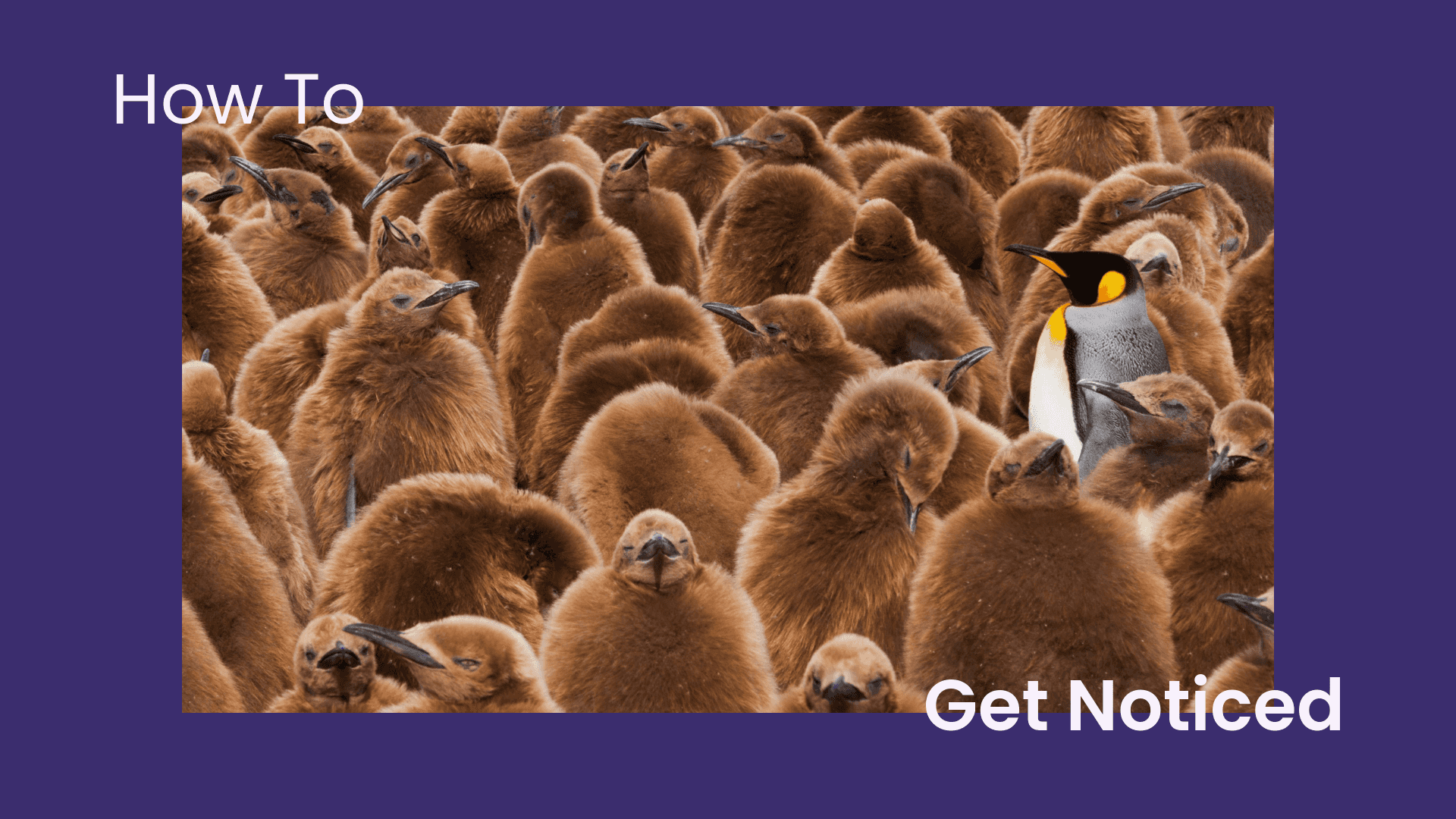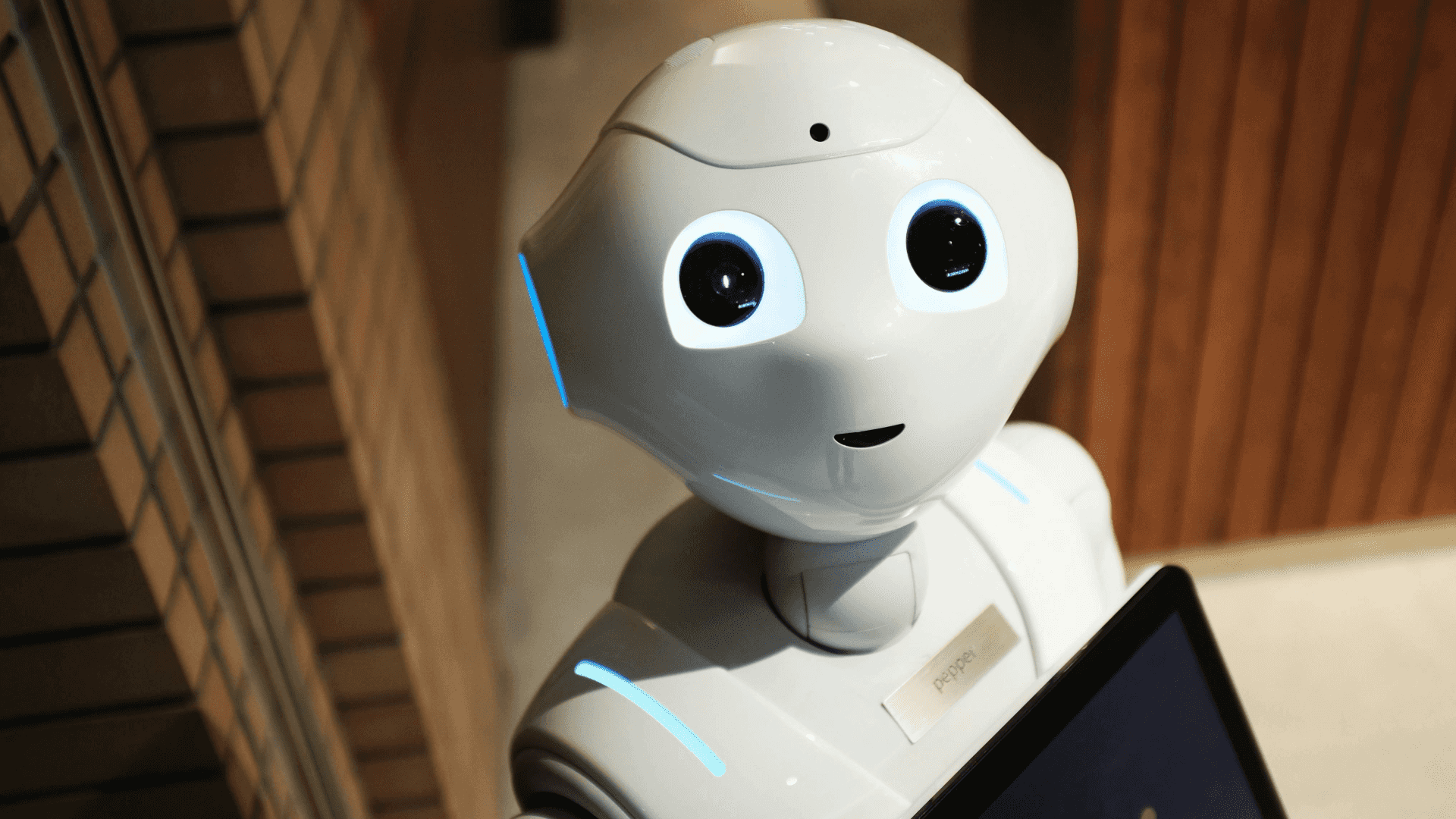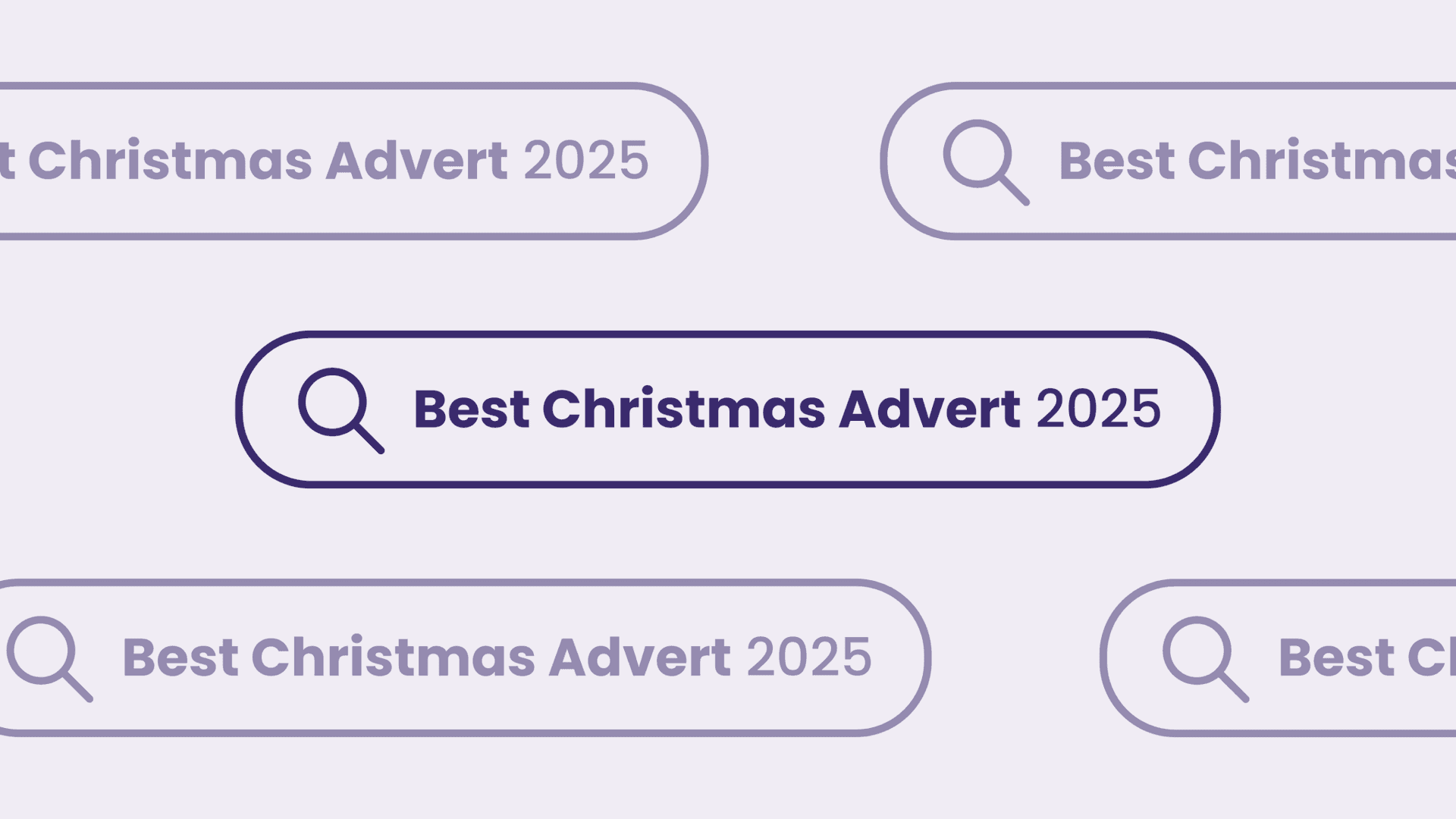
10 years of the Flaunt Website: What’s changed in Marketing
Written by Demi
We've been Flaunt for 10 years
That’s a decade of building, designing, marketing, growing, learning, and becoming who we are today. That calls for us to take a look back at the archives (shout out to the Wayback Machine) and pull snapshots of our site from over the years. Here’s how Flaunt has changed – and what the digital world looked like while it happened.
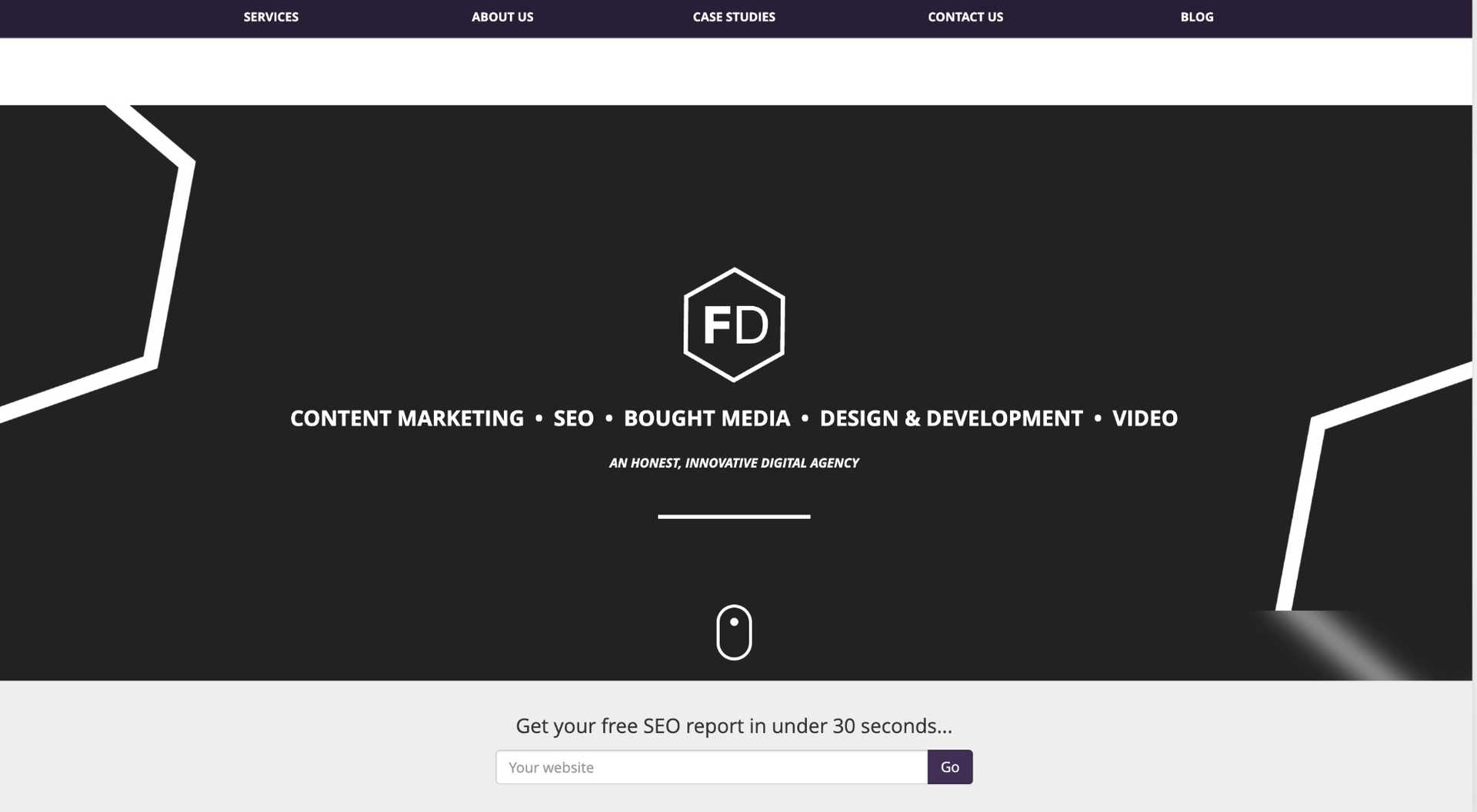
2018 Website
Our site is giving dark and sleek, with the classic homepage layout. We’d found our place in the agency world. We were pushing services, showing off work and laying down credibility.
As always, there was a lot going on in the marketing world:
GDPR was rolled out
A big new data law that made marketers get serious about how they collected and used people’s personal information. Basically, you couldn’t just add people to your email list without asking, or track them on your website without getting proper permission. Cookie banners popped up everywhere, inboxes were flooded with “please stay subscribed” emails, and marketers had to actually explain what they were doing. There was lots of panic about losing data and getting fined, but in the end, it pushed brands to be more transparent, respectful, and build better relationships with people who actually wanted to hear from them.
TikTok became a thing
In August 2018, TikTok’s parent company, ByteDance , bought Musical.ly and combined the two apps under the TikTok brand. Suddenly, all those Musical.ly users in the UK, US, and beyond were TikTokers overnight. And it wasn’t just singing anymore, it was comedy, DIY hacks, dance trends, and completely unhinged content that made zero sense but got millions of views. At the time, this didn’t mean too much. Marketers were aware of the app, but now, it’s a hub full of shoppable content, ads and influencers.
Voice Search took off
In 2018, voice search officially became something marketers needed to concern themselves with, due to the increase of homes having an Amazon Alexa, Google Home, and Siri. People began asking their devices for everything from weather updates to takeaway recommendations. This shift meant marketers had to rethink how they approached SEO. Instead of targeting short, robotic keywords like “Italian restaurant London,” they had to optimise for natural, conversational phrases like “Where’s the best Italian restaurant near me?”
2020 Website
We had rounded design elements, more white space, and softer colours. Our website gave more personality, with playful copy and simplified service cards. The tone was more relaxed, the copy was tighter, and we had a big shift towards transparency and voice.
A lot happened in the world, not just marketing. With the start of lockdown and working from home, people were consuming online more than usual, and online shopping boomed. What else happened in digital marketing in 2020?
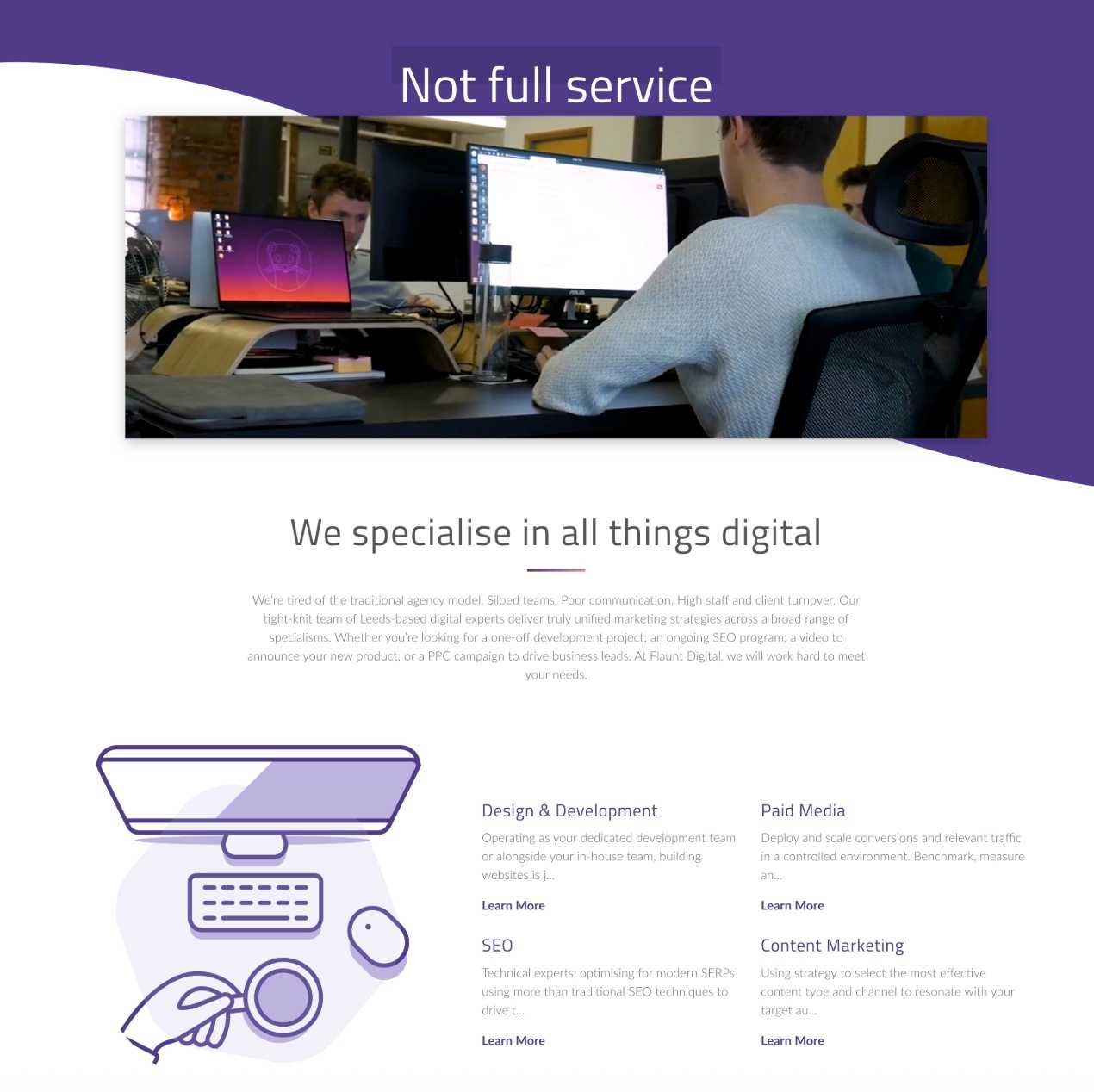
Consumer behaviours flipped, and online shopping was essential
In 2020, consumer behaviour changed overnight. With lockdowns in place, people shifted from searching for holidays and nights out to home workouts, comfort food, and loungewear. Marketers had to quickly drop the hard sell and focus on empathy, relevance, and being genuinely helpful. Campaigns became faster and more reactive, while trust and brand values became essential. People wanted to buy from brands that felt human and supportive. Plus, with more first-time online shoppers, marketers had to level up digital experiences and retention strategies. It was less about selling, more about serving.
Video Content and Live Streaming became the norm
In 2020, with live events cancelled and everyone stuck indoors, video content became an absolute lifeline for brands. Live streaming, in particular, exploded, with brands talking to audiences directly, unfiltered and unpolished. Brands realised they didn’t need a £10k production budget, they just needed something relatable, quick, and real.
Google Ad automation took centre stage, and search term data was hidden
In 2020, Google Ads leaned hard into automation, pushing tools like Smart Shopping and Responsive Search Ads that let algorithms handle bidding and creative. At the same time, Google began hiding low-volume search queries from reports, reducing visibility into what users were actually searching for. Together, these changes meant advertisers had to give up some control and rely more on machine learning, while working with less data to guide their decisions.
2021 Website
Following the same structure of 2020, but with bolder colours and more confidence, layered with more brand identity. Services looked more consistent with our logo, with bolder headers and typography.
We were still in lockdown, but things were starting to look up, and restrictions began to lift. Let’s see what shaped marketing with 2021.
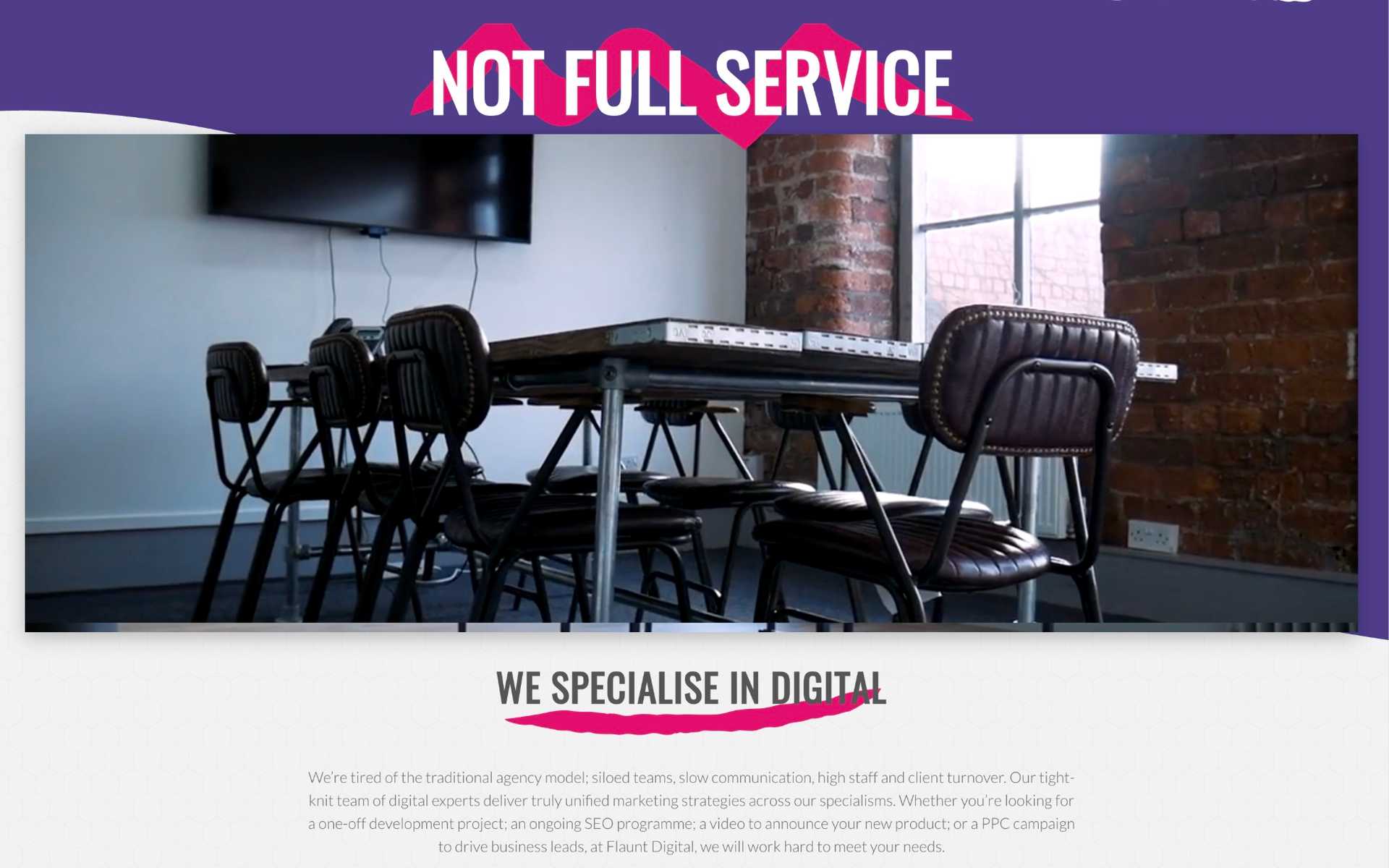
iOS 14.5 was released, along with App Tracking Transparency (ATT)
The new iOS allowed users to prevent advertisers from tracking them across their apps, despite the protests of Facebook and the advertising industry. This meant that applications needed to ask for users’ consent before tracking their acivity across other apps. This was not recieved lightly by marketers, and Facebook stated that, “this is about a long-term view that is anti-personalised advertising…” effecting small and large businesses from running these ads to target customers.
Facebook rebranded to Meta
At their Connect 2021 event, Mark Zuckerberg announced the name change from Facebook to Meta. Each individual platform like Facebook, Instagram and WhatsApp retained their names, but the parent company changed to signify a shift in the businesses focus from social media platforms, introducing the ‘metaverse.’ The Metaverse, which included virtual reality and augmented reality saw partnerships from Nike, Roblox and Coca-Cola.
Performance Max campaigns were launch
November 2021 saw the launch of Performance Max following a period of Beta testing. The campaigns were designed to provide a single campaign type for accessing all of Google’s ad inventory. This was the most significant advertising product launch since Smart Shopping in 2018.
We got TikTok shop
What now feels like a staple. This introduced social shopping to users, who could purchase products within their social media networks, without having to leave the site. From beauty brands doing makeup tutorials to showcase their products whilst they were on a flash sale, to influencers adding the orange button above their captions to gain commission – this changed the way a lot of people used TikTok, and marketers began to take it a bit more seriously.
2023/2025 Website
This is Flaunt in its most distilled form, with big, bold headlines and lots of breathing room. Every word and element earns its place. There’s no pressure to look like “a big agency” or stuff in buzzwords. Just confidence, simplicity, and a big nod to quality at speed. Services are split by colour-coded categories to keep it neat and easy to follow.
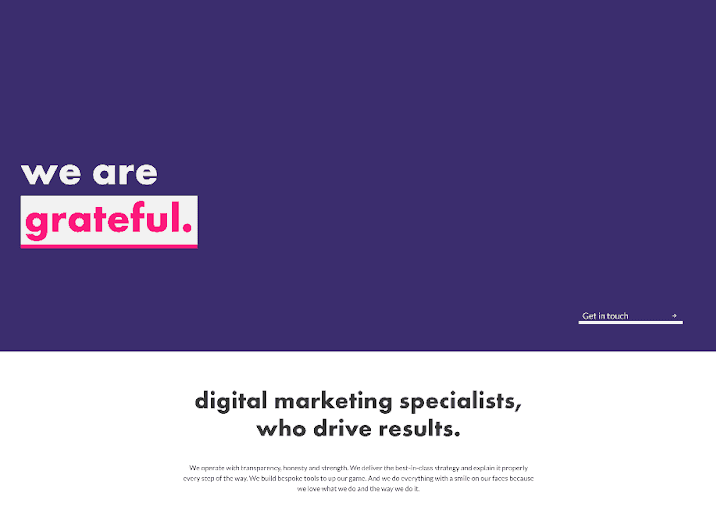
We found out all the talk about Google axing third-party cookies, was just that
Following long wait periods and a will they/won’t they debate, Google told us they weren’t going to bother axing third-party cookies. This was a result of user privacy concerns, industry challenges, and legal pressures – which forced them to adopt a less disruptive approach to online advertising and user data privacy.
Short-form video content became more popular
In 2023, experts were creating 2 times more video content than they usually would, and investing more time and resources into this. B2B brands would usually shy away from this – but with the added importance of building a community around your business, personable video content seemed the way to go.
Brand-led marketing has a resurgence
Hubspots Consumer Trends Report found that 82% of consumers prefer to buy from brands that share their values – particularly among younger audiences. Value-driven marketing has become more and more popular to help connect with consumers and show the brands standpoint to environmental and social issues.
Let’s Play and GRWM videos become a core entertainment feature on YouTube
60% of YouTube’s 1,000 current most-subscribed channels have uploaded at least one gaming-related video, with the solo activity becoming a shared entertainment experience, fostering communities, discussion and livestreaming sessions. Get Ready With Me videos have also skyrocketed, where creators share conversational-like personal stories, while going through their beauty routines.
AI has been constantly upgrading
Year after year, the gap between our performance and AI has been closing. People have been worried about AI coming for specific job roles, the em dash has been dubbed as a tell-tale sign of AI use, and companies are adopting the use of AI to help get the manual tasks done, so their team can spend more time being experts.
The next 10 years...
We’ve changed our site, and marketing has changed so much over the last decade. We know that AI is only going to continue to evolve alongside everything marketing, and all we can do is keep informed and adopt new technologies and advancements as they come. Let’s check back and see how our site changes in the coming years!
